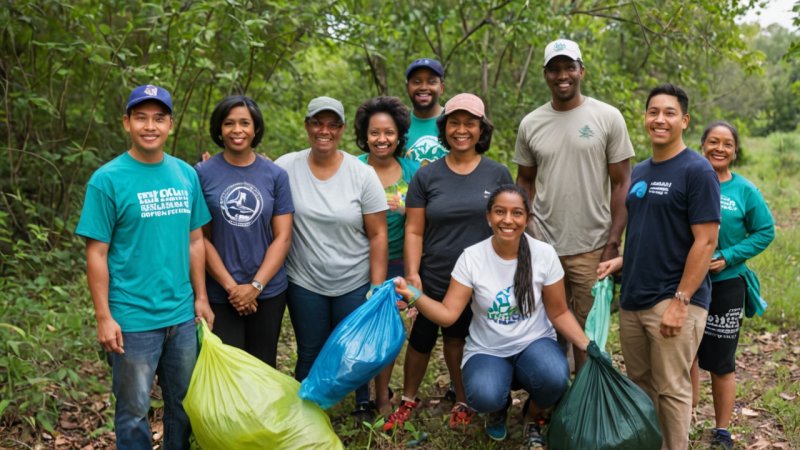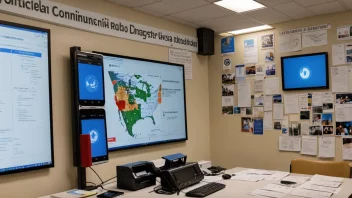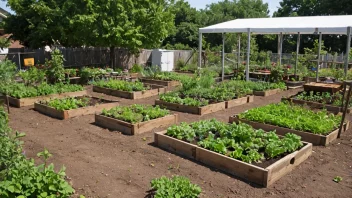Introduction
In a world facing significant environmental challenges, faith communities have a unique opportunity to lead the charge in promoting sustainable practices and environmental stewardship. This article will guide you through the steps to engage your faith community in environmental initiatives, empowering your congregation to make a positive impact on the planet.
Step 1: Understand the Importance of Environmental Stewardship
Before initiating any program, it’s essential to understand why environmental stewardship matters. Here are a few key points:
- Spiritual Responsibility: Many faith traditions teach that humans are caretakers of the Earth.
- Community Impact: Environmental degradation disproportionately affects vulnerable communities.
- Sustainable Future: Engaging in stewardship today ensures a healthier planet for future generations.
Step 2: Educate Yourself and Your Congregation
Knowledge is power, and educating yourself and your community is a vital step toward fostering environmental awareness. Consider these approaches:
- Host Workshops: Organize educational sessions that focus on environmental issues, such as climate change, pollution, and biodiversity loss.
- Utilize Resources: Share articles, books, and documentaries that discuss faith-based environmentalism.
- Invite Speakers: Bring in experts or local activists to share their insights and experiences.
Step 3: Form an Environmental Committee
Create a dedicated group within your faith community to focus on environmental initiatives. Here’s how:
- Recruit Members: Invite individuals passionate about environmental issues to join the committee.
- Set Goals: Define clear, achievable goals for your group, such as reducing waste or increasing energy efficiency.
- Plan Meetings: Schedule regular meetings to discuss progress, challenges, and new ideas.
Step 4: Implement Sustainable Practices
Start incorporating sustainable practices within your faith community. Here are some suggestions:
- Reduce Waste: Encourage the use of reusable items, such as water bottles and coffee cups.
- Energy Efficiency: Switch to LED lighting and implement energy-saving measures in your facilities.
- Green Events: Host events with sustainability in mind, using locally sourced food and minimizing waste.
Step 5: Engage in Community Outreach
Extend your efforts beyond your faith community by engaging with the broader community:
- Partner with Local Organizations: Collaborate with environmental nonprofits to support local initiatives.
- Participate in Clean-Up Days: Organize or join local clean-up events at parks, rivers, or beaches.
- Advocate for Policy Change: Mobilize your community to advocate for environmental policies at local and national levels.
Step 6: Foster Spiritual Connections to Nature
Encourage your congregation to connect spiritually with the environment:
- Nature Walks: Organize group hikes or nature walks to appreciate the beauty of creation.
- Creation Care Services: Hold worship services focused on environmental themes, such as Earth Day.
- Prayer and Reflection: Incorporate prayers for the Earth and its inhabitants into your services.
Step 7: Measure and Celebrate Progress
Recognizing and celebrating your achievements is vital for sustaining momentum:
- Track Results: Keep a record of your initiatives and their impacts, such as reduced waste or energy savings.
- Share Success Stories: Regularly communicate your progress with your congregation and the broader community.
- Celebrate Milestones: Host events to celebrate achievements, fostering a sense of community and purpose.
Conclusion
By following these steps, your faith community can become a powerful advocate for environmental stewardship. Engage, educate, and empower your congregation to take action for the planet, ensuring a sustainable future for all. Remember, every small action contributes to a larger movement, and together, we can make a significant difference.






